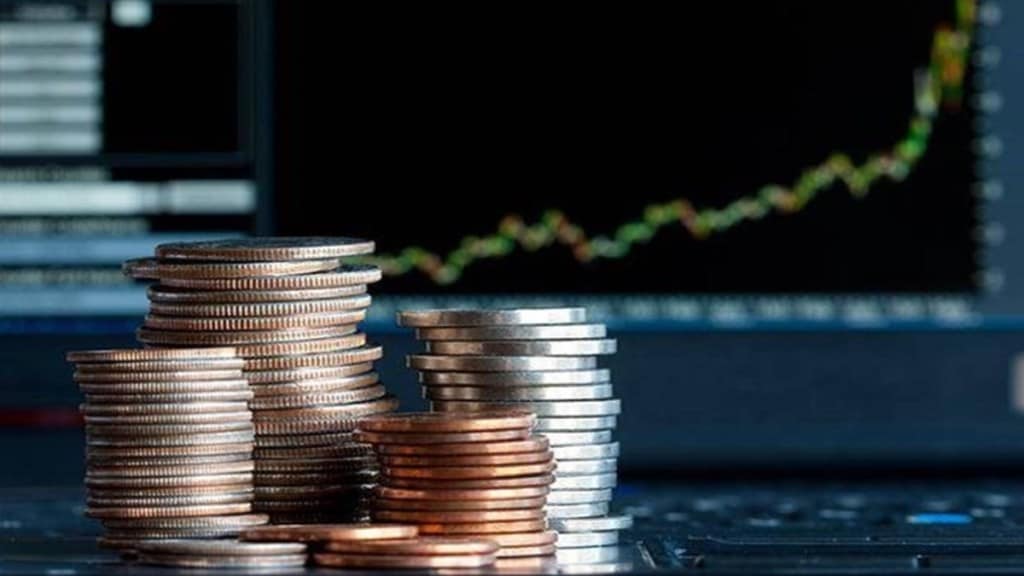The Consumer Price Index for All Urban Consumers (CPI-U) rose 0.1 percent in August on a seasonally adjusted basis after being unchanged in July, the U.S. Bureau of Labor Statistics reported today. Over the last 12 months, the all items index increased 8.3 percent before seasonal adjustment. From 8.6% in May, US inflation rose to 9.1% in June and later fell to 8.5% in July. US CPI data was expected to show a declining trend but the core inflation may still be a concern with economists, analysts, and stock market investors.
S&P 500, Dow 30, and Nasdaq Composite indices were trading lower after the US CPI data came in and were down by a massive 2.71%, 3.04%, and 3.91% respectively with Dow 30 down by over 800 points during the day.
Although the Fed rate hikes are bringing down inflation levels, there’s a lot of ground to cover until it falls under 2%. And, that will mean, crushing demand and leaving people with less money i-hand. New job openings and rising unemployment, which naturally is bad for the workers, are being seen as positive signs of a low inflationary environment.
Also Read: US Inflation data for August 2022 and its impact on the stock market
Federal Reserve Chairman Jerome Powell’s remarks during the Jackson Hole Economic Policy Symposium 2022 still reverberate through the stock market when he warned about the impending danger to the economy – “While higher interest rates, slower growth, and softer labor market conditions will bring down inflation, they will also bring some pain to households and businesses. These are the unfortunate costs of reducing inflation. But a failure to restore price stability would mean far greater pain.”
Also Read: Will US Fed go for 50 bps or 75 bps points hike in the FOMC meeting in September?
Fed’s next Federal Open Market Committee (FOMC) meeting is scheduled for September 20-21 which will not only let us know how much of rate hikes happens but also the pace of rate hikes possible in the future.


